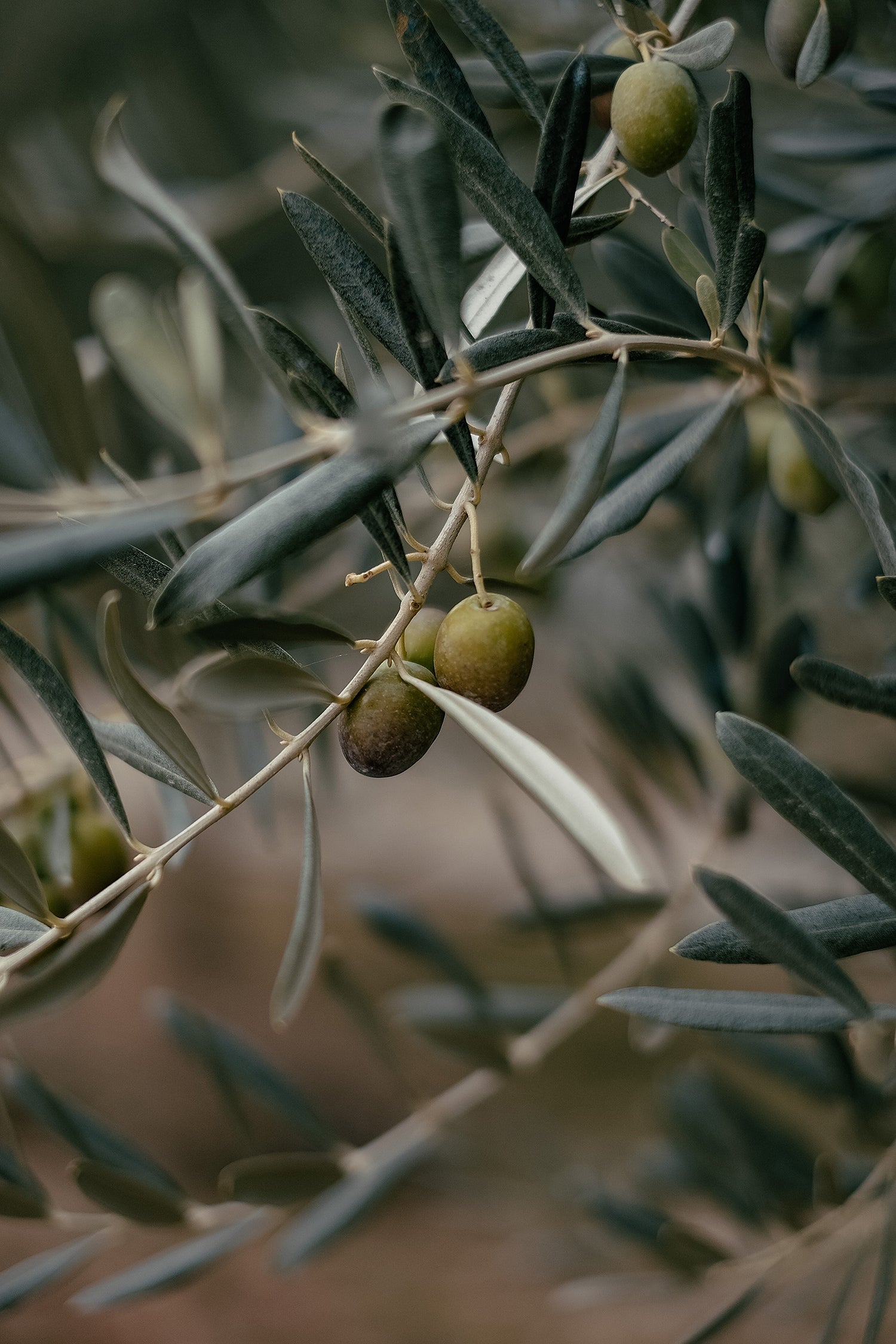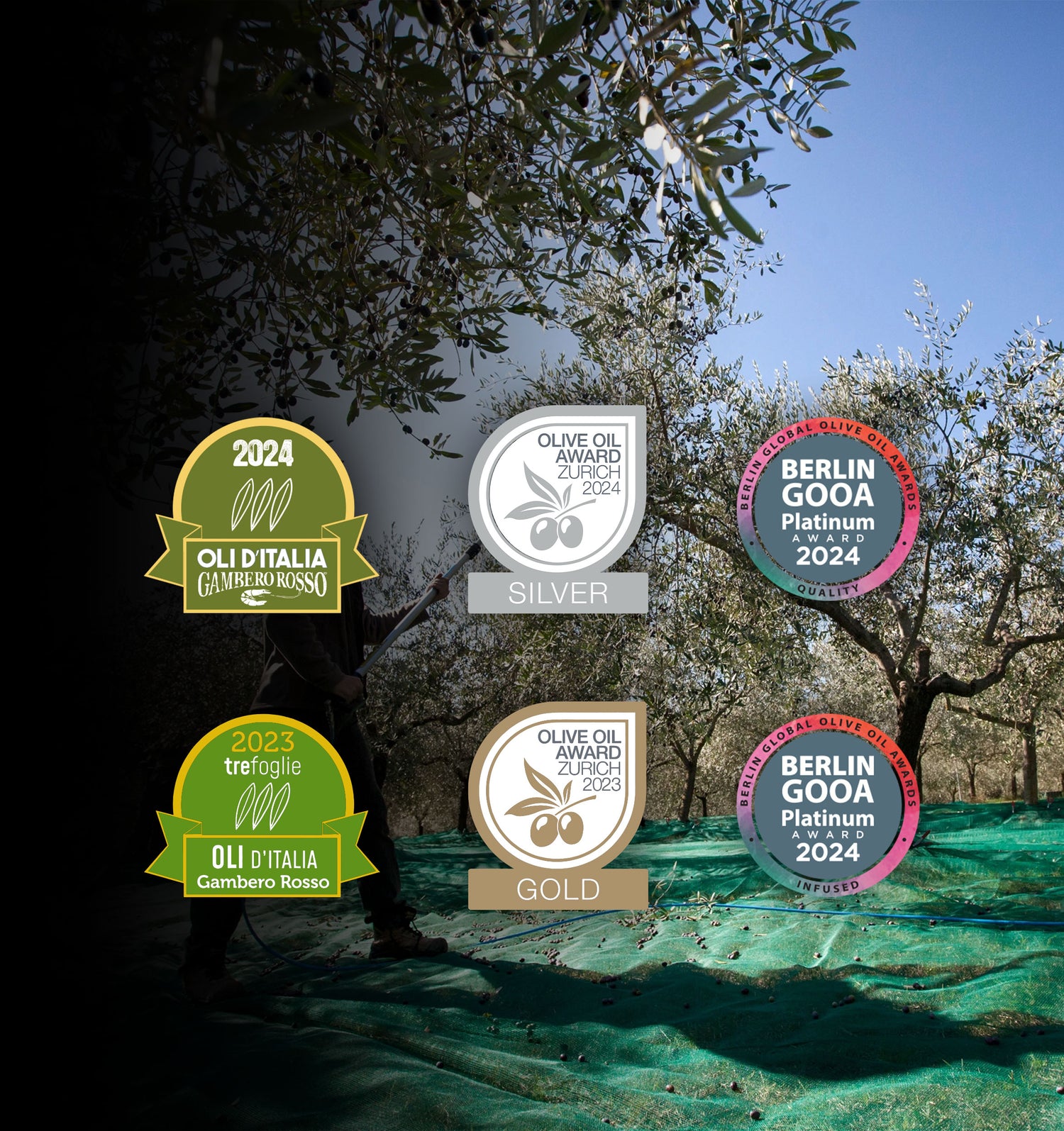
AGRICOLA
The oil and honey factory
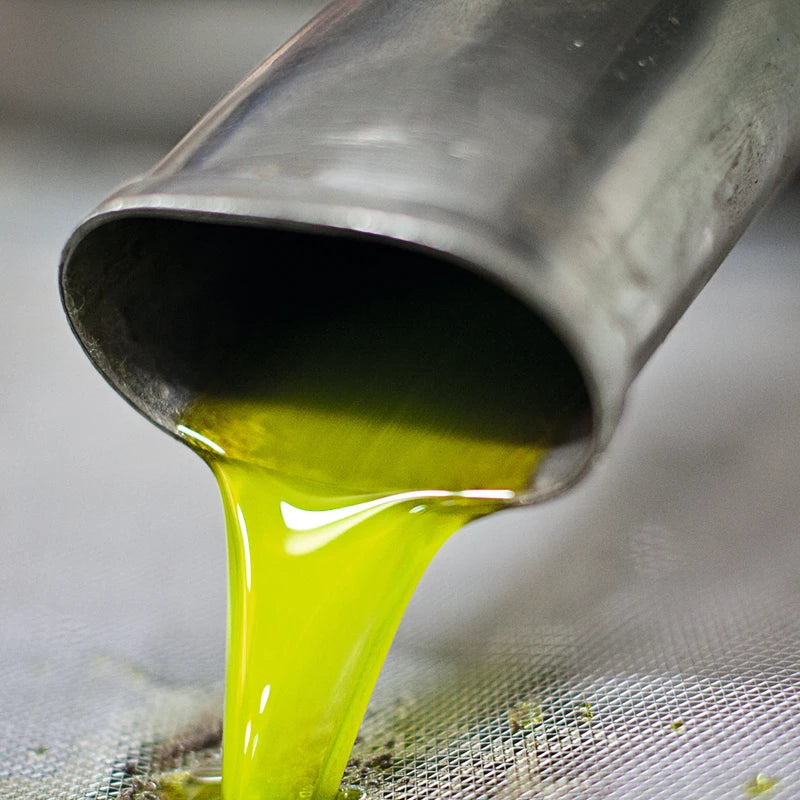
A matter of taste? Not only that!
Whether a food is objectively of good quality is not a matter of taste but the sum of individual criteria that the product must meet. Whether I like , smell, eat or drink the food is a matter of taste and therefore subjective . And as we all know, there is room for debate about that: Granny Smith or Golden Delicious, Merlot or Cabernet, salmon or pike-perch, lamb or chicken? However, there is no debate about terms such as fresh, tart, bitter, spicy, mild, sweet and sour on the one hand and rotten, musty, moldy, fermented, rancid, chemical on the other. Using our olfactory (nose) and gustatory (mouth) perceptions, we can differentiate between fresh, cleanly produced, unspoiled foods that are good for our health and foods that we should not eat. Whether we like the former or not is secondary. So before I can decide which product I like better, I have to be able to judge whether it is objectively good or bad.
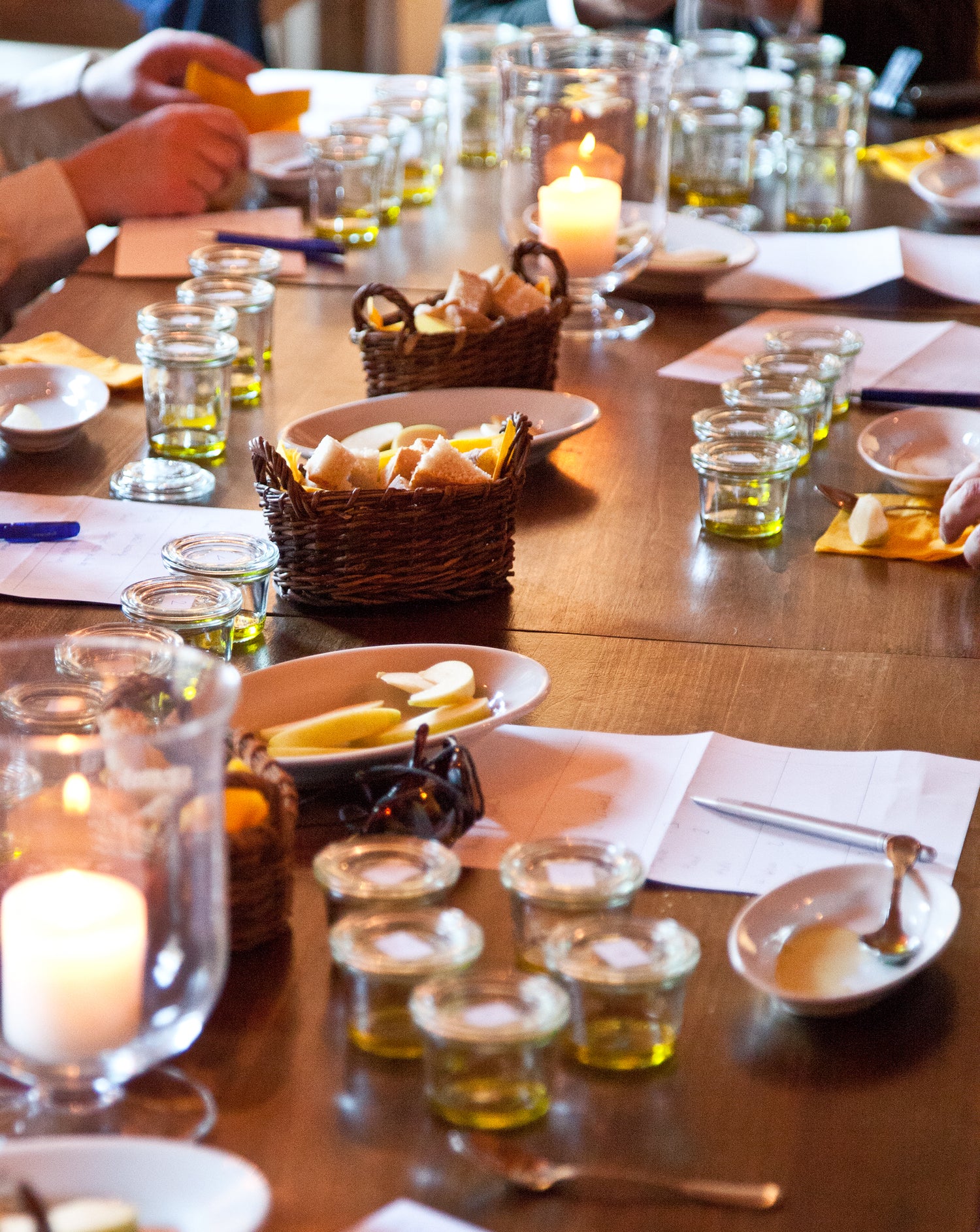
How do I recognize good olive oil?
A first-class olive oil smells vegetal and fresh , that is, like:
- freshly cut grass, unripe, unpickled olives (always)
- fresh green herbs, green bananas and raw leafy vegetables (often)
- raw artichokes, green tomatoes and their leaves (certain varieties)
and tastes :
- slightly bitter (tongue)
- sharp (neck)
A bad olive oil can smell like :
- cooked vegetables, cocoa
- pickled black olives
- old nuts, wine, vinegar,
- Foot sweat, cheese, old fat, rancidity
and tastes :
- stale, bland, oily
- rancid, moldy
- after window putty
- often leaves a greasy palate
Try, taste, practice, because:
Taste can be learned.
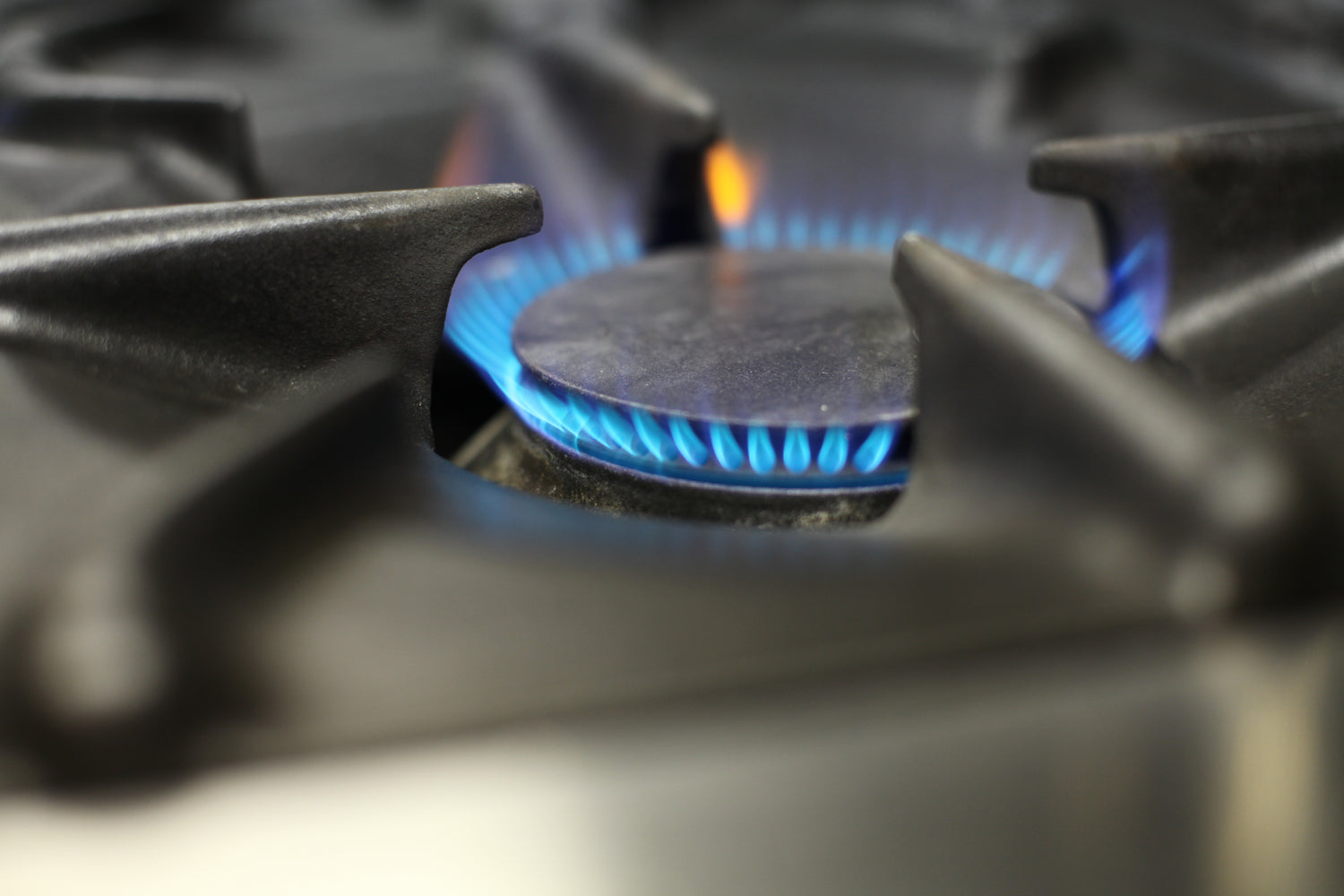
Cook with extra virgin olive oil
Carefully produced and filtered immediately after extraction, extra virgin olive oil is ideal for cooking thanks to its high oleic acid and polyphenol content and can be heated to approx. 180°C.
However, heating causes a slight change in taste. This can be compensated for by drizzling some cold, high-quality olive oil over the finished dish.
-

-

-

-

-

-

.
